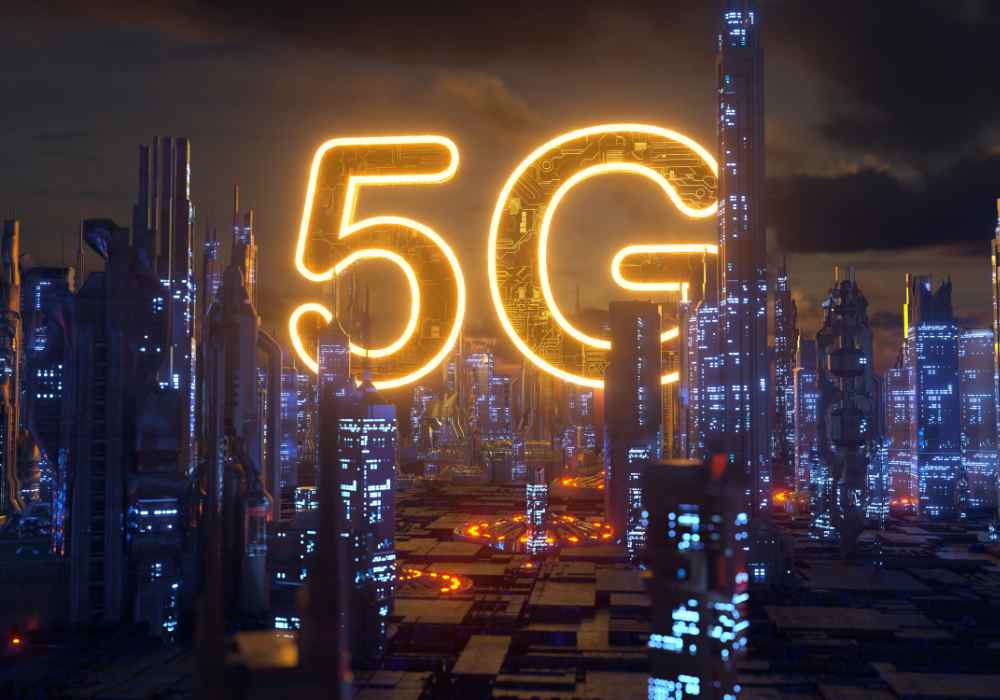The dawn of the 21st century brought with it a revolution in technology, dramatically changing how we communicate, work, and play. In the midst of this transformation, one advancement stands out as a game-changer: 5G technology. This new generation of mobile networks has the potential to significantly impact connectivity, opening doors to new possibilities for industries and individuals alike.
Understanding 5G Technology
5G, or the fifth generation of wireless technology, is a leap forward in terms of speed, latency, and capacity. It’s not just an upgrade from its predecessor, 4G; it’s a complete reimagining of mobile networks. With download speeds up to 100 times faster than 4G, near-instantaneous communication, and the ability to connect a vast number of devices simultaneously, 5G is designed to support the next era of innovation. This technology relies on a combination of lower latency, higher bandwidth, and greater network capacity, making it ideal for everything from streaming high-definition content to powering smart cities.
The Impact on Connectivity
The most noticeable impact of 5G is in the realm of connectivity. As devices proliferate and the Internet of Things (IoT) becomes more prevalent, the need for faster, more reliable connections has become crucial. 5G addresses this demand by offering unprecedented speeds and reduced latency. This leads to a smoother user experience for everyday activities like video conferencing, online gaming, and content streaming.
Beyond personal use, 5G has the potential to transform industries. In manufacturing, for example, 5G can facilitate real-time monitoring and automation, leading to more efficient production processes. Healthcare could benefit from remote surgeries and telemedicine, allowing medical professionals to treat patients in distant locations. In transportation, 5G can support autonomous vehicles and smart traffic systems, reducing congestion and improving safety.
The Challenges and Concerns
Despite its promise, 5G faces several challenges. The deployment of the technology requires significant infrastructure investment, as it relies on a dense network of small cells to provide comprehensive coverage. This can be costly and time-consuming, particularly in rural or less developed areas.
Additionally, concerns about security and privacy have emerged. As 5G networks become the backbone of critical systems, they become potential targets for cyberattacks. Ensuring the security of these networks is crucial, requiring robust encryption and other protective measures. Privacy is another concern, as the increased connectivity could lead to more data collection and surveillance.
The Future of 5G and Beyond
The rise of 5G represents a significant step forward in connectivity, with the potential to revolutionize how we interact with technology. As the technology becomes more widespread, we can expect to see new applications and innovations that were previously unimaginable. From smart cities to advanced healthcare, 5G’s impact will be felt across the globe.
However, realizing the full potential of 5G will require addressing its challenges and ensuring that the technology is accessible to all. This means investing in infrastructure, securing networks, and maintaining a focus on privacy. As these issues are resolved, the future of connectivity looks brighter than ever, with 5G paving the way for a more connected, efficient, and innovative world.
The Path to 5G Adoption
As 5G networks expand, the pace of adoption is accelerating. Mobile carriers around the world are racing to establish nationwide 5G coverage, with some countries already boasting extensive networks. The rollout strategy for 5G involves the use of both existing infrastructure and new technologies to ensure consistent and reliable service. Urban areas, which typically have higher device density and data traffic, are often the first to benefit from 5G deployment, while rural areas may require more time due to the logistical challenges of installation and coverage.
One factor driving 5G adoption is the rapid evolution of 5G-capable devices. Manufacturers are continuously releasing new smartphones, tablets, and other connected devices that support 5G, making it easier for consumers to access these faster networks. This, in turn, fuels a virtuous cycle: as more devices become 5G-capable, the demand for network expansion grows, leading to broader coverage and even more innovation.
New Opportunities and Applications with 5G
The potential applications of 5G extend beyond traditional consumer use cases. For businesses, 5G provides opportunities to innovate in ways previously constrained by bandwidth or latency limitations. The increased speed and connectivity open doors to augmented reality (AR) and virtual reality (VR) applications, enabling immersive experiences for entertainment, education, and training.
In the field of education, 5G allows for enhanced online learning experiences, with virtual classrooms and real-time interaction between students and teachers. This could be especially transformative for remote or underserved communities, where traditional educational resources are limited.
Another area of significant impact is the energy sector. With 5G, utility companies can implement smart grids that dynamically manage energy distribution, reducing waste and improving efficiency. This capability also supports the integration of renewable energy sources, contributing to a more sustainable future.
Social and Cultural Impacts of 5G
The rise of 5G is also shaping social and cultural trends. As connectivity improves, people can interact and collaborate more seamlessly, regardless of physical location. This increased connectivity can foster greater cultural exchange and understanding, as people share ideas, art, and experiences across borders.
However, this connectivity can also lead to new social challenges. The ubiquity of 5G networks could exacerbate issues related to digital addiction and screen time, especially among younger generations. As people spend more time online, the potential for cyberbullying and online harassment may increase, underscoring the need for robust digital citizenship education and strong community guidelines.
Navigating the Future with 5G
As 5G continues to evolve, it is crucial to navigate the path forward with a balanced approach. Policymakers, businesses, and consumers all have roles to play in ensuring that 5G’s benefits are maximized while addressing its potential risks. Collaborative efforts among stakeholders can help to create a robust 5G ecosystem that promotes innovation while safeguarding security and privacy.
Conclusion
The rise of 5G heralds a new era of connectivity with far-reaching implications. It has the potential to revolutionize industries, transform societies, and reshape the way we live, work, and play. By addressing the challenges and embracing the opportunities, we can harness the power of 5G to build a more connected and prosperous future for all.



